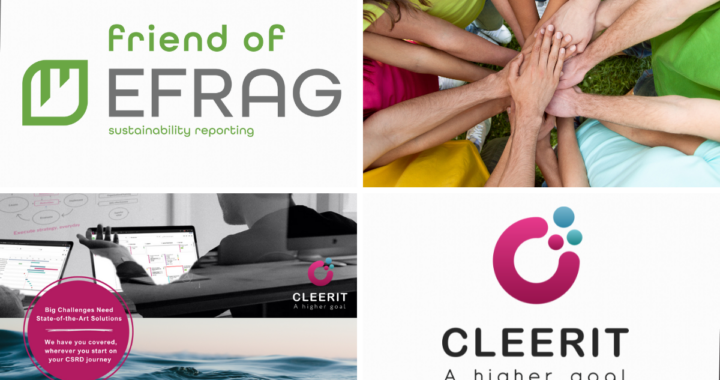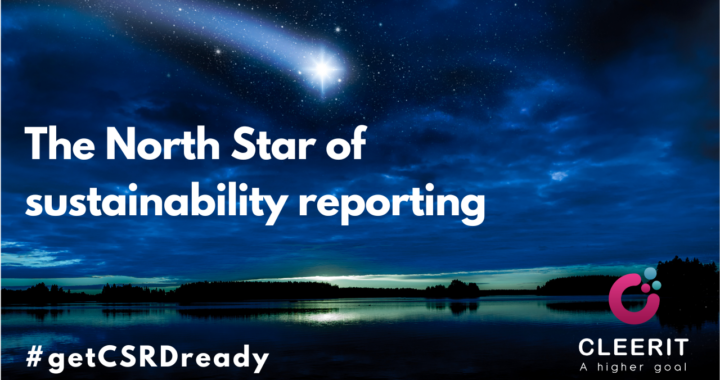We are proud to announce that Cleerit ESG has officially been approved as Friend of EFRAG – Sustainability Reporting, demonstrating our commitment to sustainability reporting and supporting EFRAG’s mission.
Cleerit recognizes the importance of contributing to the development of the European Sustainability Reporting Standards (ESRS) and supporting EFRAG’s activities.
By joining as Friends of EFRAG – Sustainability Reporting, we are committed to providing our support to further EFRAG’s initiatives in this field.
We are convinced that the ESRS will help companies advance both corporate sustainability and performance, and future-proof their business.
⭕ABOUT EFRAG
EFRAG’s mission is to serve the European public interest in both financial and sustainability reporting by developing and promoting European views in the field of corporate reporting. EFRAG builds on and contributes to the progress in corporate reporting.
In its sustainability reporting activities, EFRAG provides technical advice to the European Commission in the form of draft European Sustainability Reporting Standards (ESRS) elaborated under a robust due process and supports the effective implementation of ESRS.
⭕ABOUT CLEERIT ESG
Cleerit’s mission is connecting people, planet and profit at the heart of business strategy and decisions – to reach higher goals.
We are committed to sustainability and passionate about closing the strategy to execution gap – with extensive experience and comprehensive research recognized by French Ministry for Higher Education, Research and Innovation.
The Cleerit ESG solution is at the core of our corporate strategy. The unique capabilities embedded in our holistic and inclusive governance model are a perfect fit to the IRO management model built in the ESRS framework, and make a real difference in advancing both corporate sustainability and performance.
It’s the beginning of a new era, and we are determined to being a key contributor in advancing sustainable corporate strategies, for our and future generations.
⭕ You are welcome to contact us if you need a solution and support to implement ESRS reporting in your organization >>>
Let us pave together the way for a successful implementation of the sustainability reporting standards and a green transition🌱🌍!
getCSRDready, CSRD, ESRS, CSDDD, ESG, Strategy, Governance, SustainabilityReporting, Digitalisation, Cleerit, EFRAG






